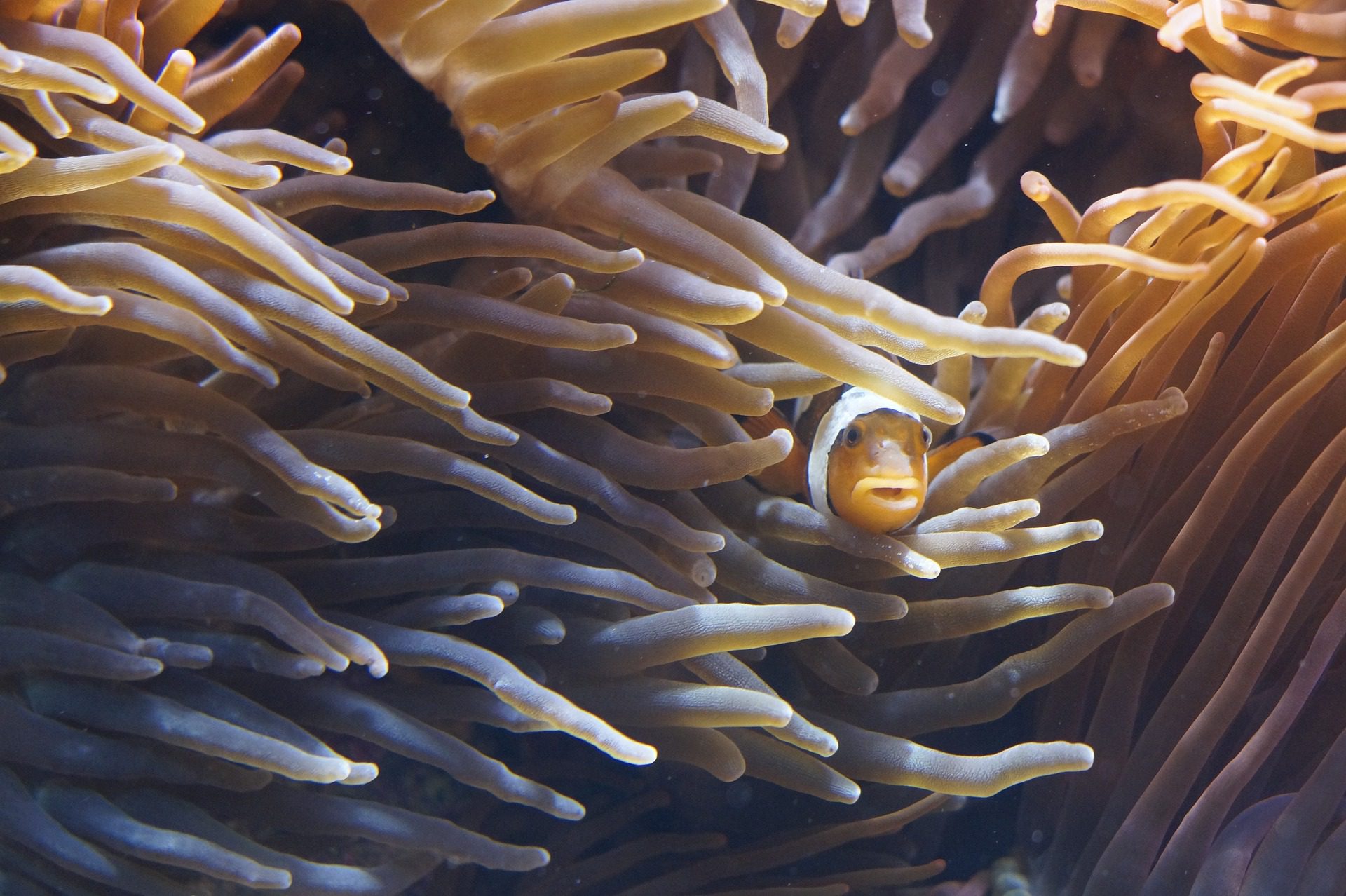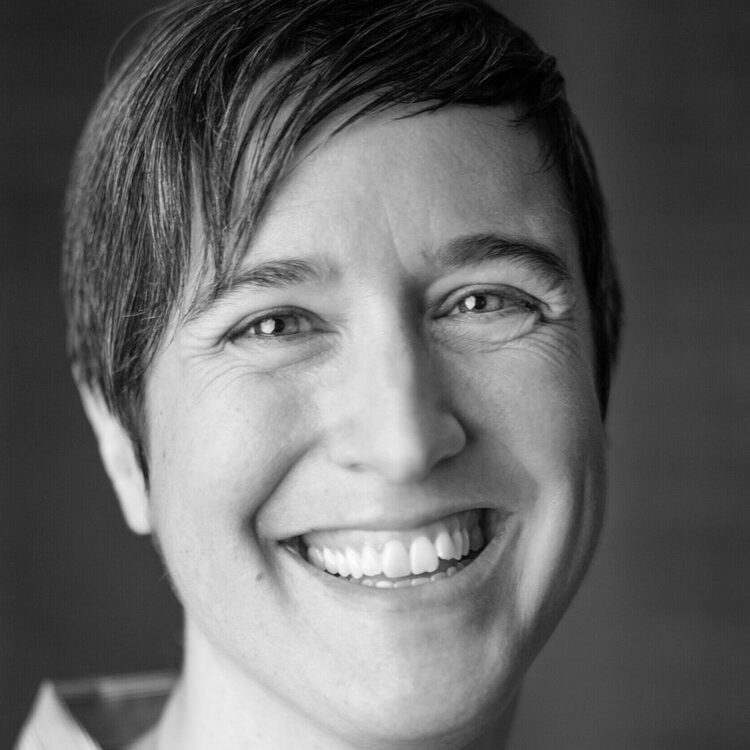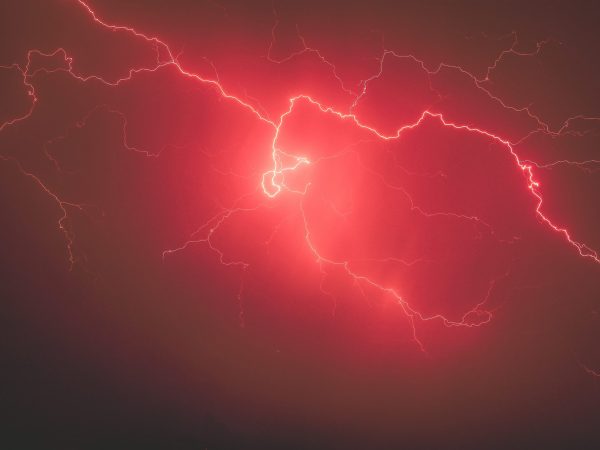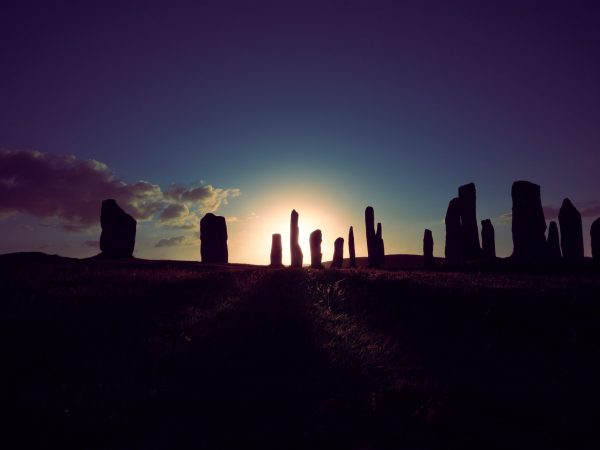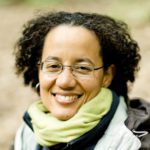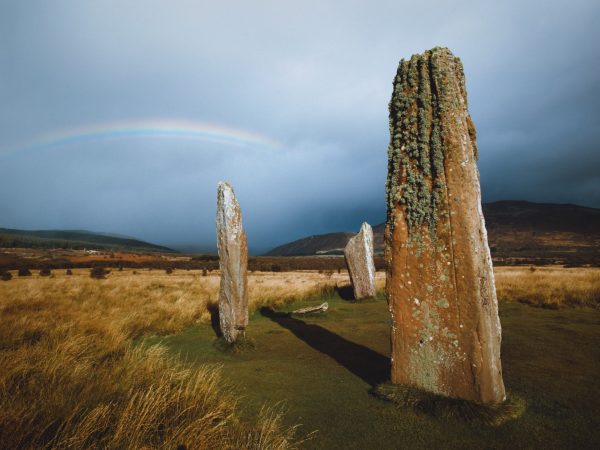Many of my students come to me asking how they are meant to respond to the world? “What can little old me do anyway?” They are depressed, in despair, overwhelmed, and immobilized.
It’s a good question. Perhaps, if we were to listen more closely, we might find the answer in the asking. What can little old me do about it? The answer is, “Not much.”
The problem is that the question relies on the belief in a self that does not exist, a self that we shrink-wrap ourselves up in, hiding away. Which is why we must get bigger, learn to break out of this constrictive shell, and go beyond the imagined self to realize the truth of our conditioned selves.
It’s understandable that, given the current state of our world, our initial reaction might be to look away and hide. Who wants to witness the immense suffering of so many beings? Why would we choose to turn toward so much confusion, hatred, and greed?
The part of us that simply wants to be happy and well feels threatened by the state of our world, a world that reminds us over and over again that there is nothing that can be relied on in samsaric existence. And yet, this has always been true. Even before the reversal of Roe v. Wade. Even before the murders of Breonna Taylor and George Floyd. Even before the coronavirus pandemic. Even before the election of Trump.
How do we re-learn and re-claim our humanness and our interconnectedness?
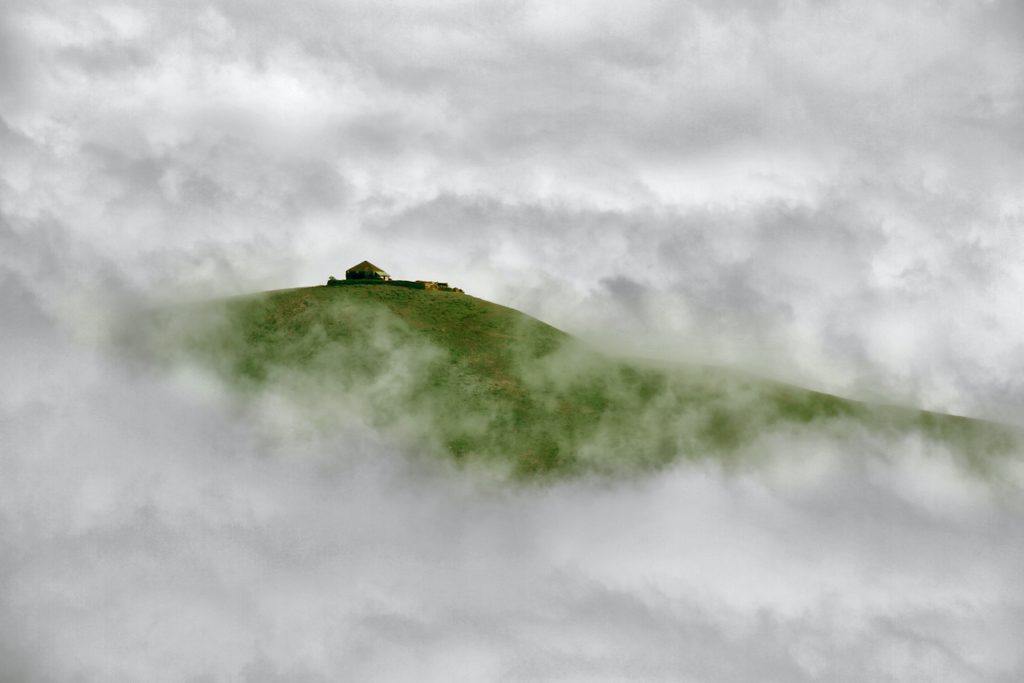
Lately, I’ve been asking myself what I was doing before all this began? But I can’t find the exact moment when things started to feel so out of control. I can’t find the source of all this hatred and heartbreak. When I look more deeply, all I find is my direct experience and the ways in which I am still cut off from myself and the world. All the ways I have used my practice to hide away and shore up some false sense of self and safety. Soothed myself into thinking it’s possible to “resilience” my way out of samsara.
As Buddhists, we must ask, How am I hiding from reality right now? In what ways have I cut myself off from my own suffering and the suffering of others? What are the costs of doing so?
If we take the teachings on conditionality seriously, we begin to find the truth of what’s happening to us right now. We have been deeply conditioned over countless years and across hundreds of generations into alienation and obliviousness. We have been cut off from land and body, culture and beloved community. Societal forces like patriarchy, white supremacy, ablism, homophobia, and xenophobia all depend on the false view that some people are inherently better than others. And all these forces have conditioned us, whether we know it or not. Whether we like it or not.
And so, we hide: from ourselves, from our conditioning, from each other, and from our fullest potential. Or, perhaps, we’re hidden, and we continue to collude with our hidden-ness. Our true nature has been hidden from us and from each other under layer upon layer of delusion, and we’ve been habituated to go along with it, etching the grooves of ignorance deeper and deeper into our individual and collective psyches. As if we’ve been enchanted by an ancient spell.
So how do we break the spell? How do we re-learn and re-claim our humanness and our interconnectedness? This is a crucial question for anyone privileged enough to have encountered the dharma and chosen to follow it. If we aren’t asking ourselves this question, we risk using the teachings to stay comfy and safe. We risk a further cutting off and retreating into the false refuge of a peace built on lies, a peace we can only experience under very specific conditions, a peace that can’t be shared with anyone else.
Fear festers beneath all this hiding. Perhaps we are scared because we can no longer ignore the precariousness of our situation. We end up doing all sorts of things to mask the fear; we turn away as it grasps onto the deepest parts of us. We keep ourselves distracted with food, work, Netflix, drugs and alcohol, the stories we tell over and over about ourselves and each other. Even our meditation practice can become a distraction. We can become very good at blissing out. Blissing out to check out.
Paradoxically, in order to go beyond our conditioning, our practice calls to us to delve more deeply into it. And the best way I know how to do that is in and through the body. When the forces of delusion are strong and I recognize the familiar patterns of turning away and hiding from suffering—my own suffering and that of others—I could ask myself, What’s going on in my body right now? What don’t I want to be with? What am I running away from? What does it feel like to be cut off?
Often, when I explore my somatic experience in this way, I find the contraction of fear in my belly, numbness in the heart, gripping in the throat. Here it is right now and it is deeply unsatisfying. Yet at the heart of my own alienation lies the key to my liberation. If I can acknowledge it, stay with it, keep meeting it with compassion, slowly it begins to melt. The freeze response begins to loosen, and I begin to relax into a more spacious, transparent way of being and relating.
… we must get bigger, learn to break out of this constrictive shell, and go beyond the imagined self to realize the truth of our conditioned selves.
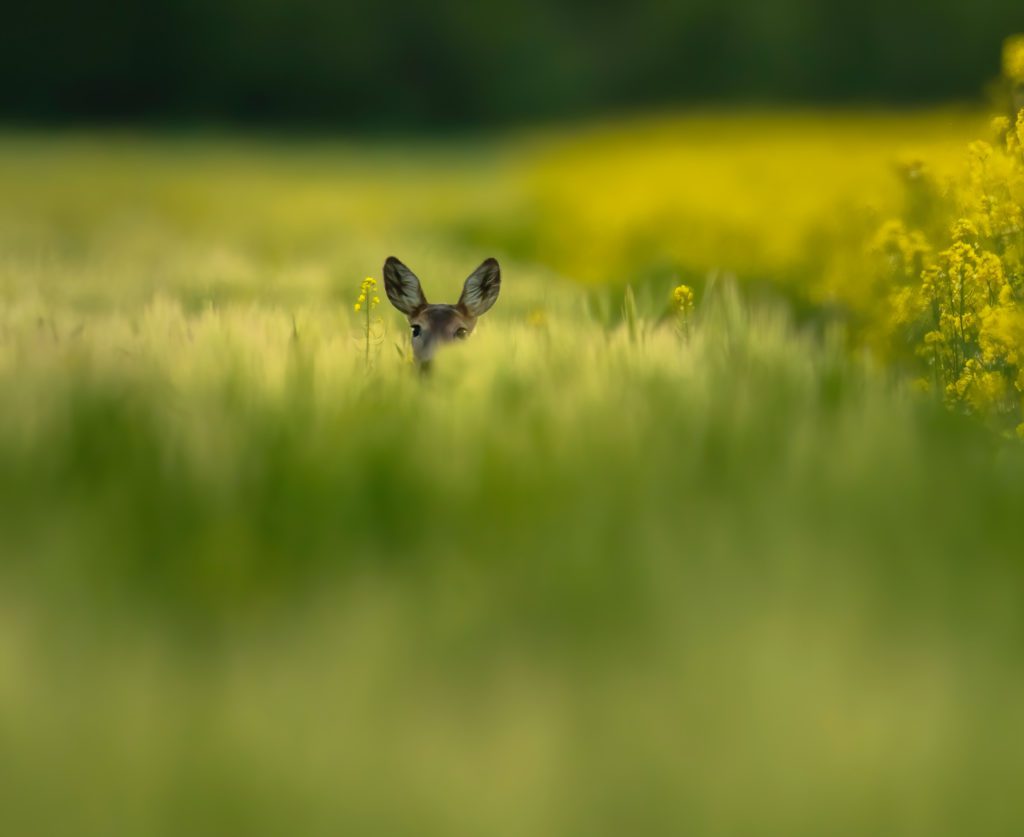
As I begin to get curious about the specific ways these energies are held in the body right now, I’m taken to the root of my delusion, the “karmic knots” that have formed over my lifetime, the lives of my ancestors, and perhaps even my past lives. Without awareness, we inhabit these knots, retreat into them, hide in their creases.
Once I identify these places of holding, I gently use awareness to turn toward and meet these energies directly. I notice the sensations with patience and love—the tension, churning, burning, whirling, tingling, tightness, hardness, numbness. I familiarize myself with the uncomfortable aspects of the experience and with the sense of possibility that comes when I notice them beginning to change, soften, move, and liberate.
In this process, I also open to any thoughts, emotions, memories, and images that may appear in the mind as I continue to attend to the changing sensations. I work to hold these with curiosity, learning to relate to them from a place of awareness, rather than rejecting or indulging them, allowing them to move through me in their own time, their own way.
Insights into my habits and their impacts may arise through the process. I forgive myself and resolve to ask forgiveness from others. Finally, I practice resourcing myself with pleasant sensations in the body, kindness and compassion practices, writing, dancing, art, and spending time in nature or with loved ones.
Over time, in unlocking the energy bound up in unhelpful hiding habits, I’ve felt a fuller alignment of my thoughts, words, and behavior with my deepest heart-wish for liberation and justice for myself and all beings. I have found that I am much more effective, less bound by fear and ambivalence; I am able to respond more creatively and with less inhibition to the pain of this world.
And so, when the world knocks on our door and we wonder, “What can little old me do?”, we may instead ask, “Am I courageous enough to open that door?” Are we brave enough to see and be fully seen? Can we stop hiding from ourselves, from one another, from reality? In choosing not to hide we may just begin to manifest a different world, one built on love, truth, and a return to wholeness.
This article was originally published by Lion’s Roar and created in collaboration with Buddhist Justice Reporter (BJR), founded by BIPOC Buddhist practitioners in response to the police torture and murder of George Floyd. BJR publishes articles on issues related to environmental, racial, and social justice and its intersections, from an anti-racist Buddhist lens.
